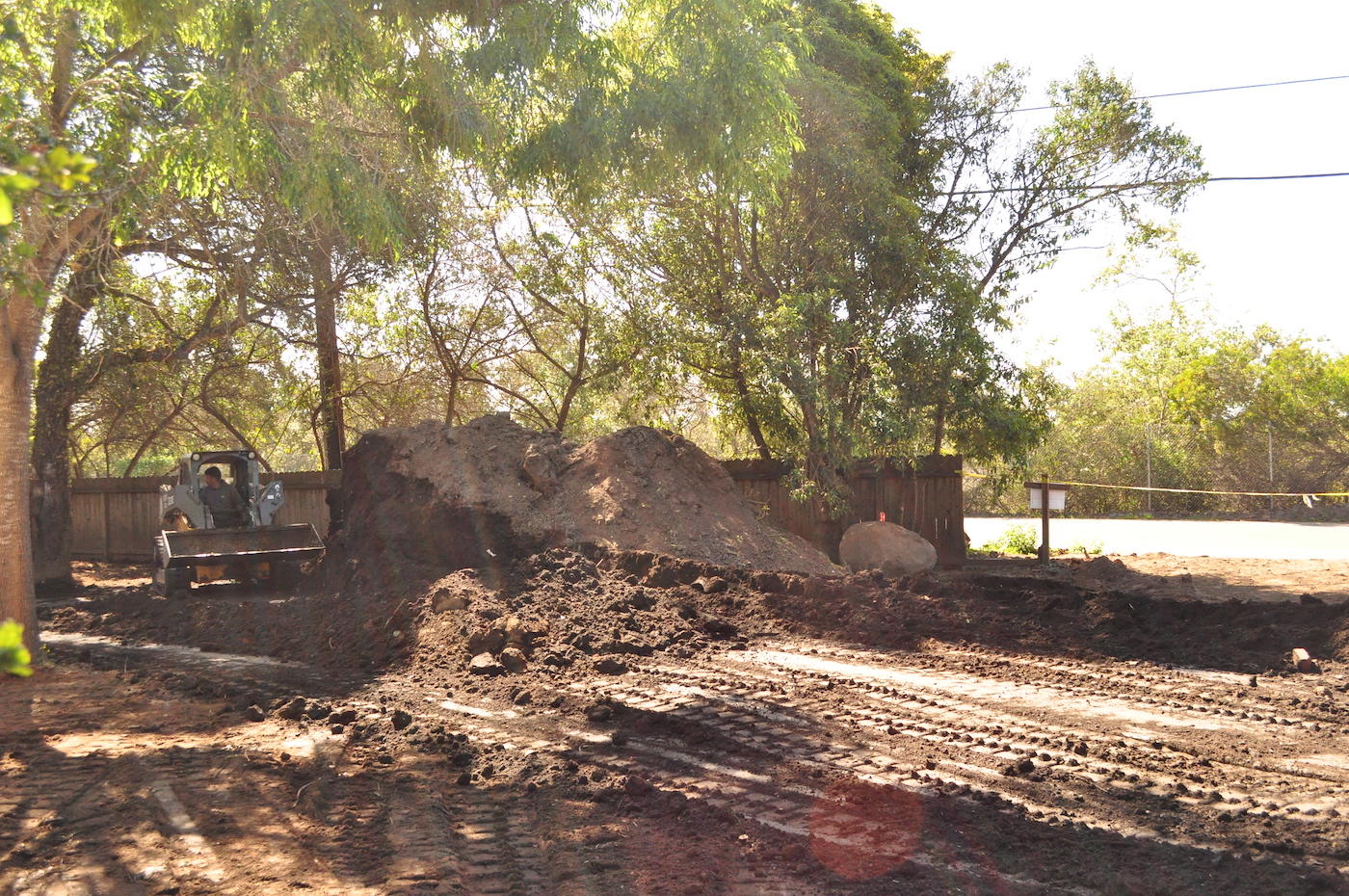“Like-for-Like” Ordinance Approved

On May 15, the Santa Barbara County Board of Supervisors received a round of applause when they unanimously agreed to approve “like-for-like” ordinance amendments pertaining to rebuilding in Montecito.
Planner Tess Harris presented the proposed ordinance amendments to the Board, noting that 470 structures in Montecito were damaged or destroyed following the January 9 debris flow. Current ordinance language pertaining to rebuilding after a disaster allows property owners to rebuild “like-for-like,” which enables a structure to be rebuilt with the same or substantially the same footprint, height, floor area, and bulk as the structure that existed prior to the disaster (i.e., conforming structures can be within 10 percent of the previous footprint, height, floor area, and bulk). The like-for-like rebuild option is currently exempt from planning permit and design review requirements; however, if the exterior design or specifications of the structure are proposed to be changed as a result of the rebuilding process, the restored or replaced structure would be subject to design review, triggering an appeals process.
The current ordinances do not allow property owners to obtain an exemption from planning permits (Land Use Permit or Coastal Development Permit) for a structure that needs to be raised to meet a new base flood elevation or moved to meet new creek setbacks after a debris flow event, as this is not considered a “like-for-like” rebuild.
The proposed ordinance amendments would allow displaced property owners to obtain a planning permit exemption or waiver to rebuild their structure in a safer location on their lot to meet Flood Control requirements, according to the staff report. The amendments would also allow the replaced or restored structure to exceed the height of the destroyed or damaged structure if necessary to comply with the base flood elevation that exists for the lot after the debris flow or other event. The base flood elevations will be released as part of FEMA’s flood maps, which are expected to be finalized next month.
More than a dozen members of the public spoke on the ordinance amendments, the vast majority in favor of approval. Abe Powell, founder of the Bucket Brigade, urged the Board to approve the amendments, recounting his experience from helping neighbors rebuild after the Tea Fire and his current work with mudslide victims. “I’ve been working with these people for almost four months now… and this change to the ordinance is going to be very helpful in the specific ways that are needed by these survivors to help restore their homes and recover.” Anne Price, associate director from from La Casa de Maria, told the Board that the retreat center had lost nine of its 17 buildings; five others were severely damaged, and three others lost utilities. “Without these changes to the ‘like-for-like’ amendments you’re considering today, we would be greatly impacted by where we are allowed to rebuild on the property, the time within which we would be allowed to rebuild, and definitely the cost,” she said. “This would create further delays and prevent us from reopening and resuming our ability to be a contributing member of the community.” Other speakers included local architect Brian Cearnal, and many homeowners whose homes were completely destroyed.
Cori Hayman, speaking on behalf of the Montecito Association, said the MA supports the proposed ordinance amendments but suggests provisions including requiring design review if there is any change to a structure’s exterior design or specification. The group strongly encouraged an expedited design review, allowing neighbors to be noticed and have input but not requiring a hearing or an appeal process.
“We want to be very clear on what we allow as ‘like-for-like.’ I don’t want the public to believe that a house will be exactly the same with exactly the same features, because that is not a realistic expectation,” said Planning and Development director Diane Black. She told the board that many design professionals and architects from the American Institute of Architects will help to bridge the gap between neighbors, since the ordinance amendments do not require an appealable process for neighbors to air their grievances. “We as case managers are recommending that every person who is rebuilding communicates with their neighbors,” Black said.
“The danger if we go forward with staff recommendations is there might be a couple bad apples, or places where a house is too visible to its neighbor,” said First District supervisor Das Williams. “That’s not great, but it pales in comparison to the danger if we do not allow people to rebuild. Hundreds of people could be de facto exiled from our community, and we should be more concerned with that than the possibility of aesthetic conflicts.”
“We can do this by being good neighbors and being a strong community. We just can’t tolerate extended appeals at this point,” said Third District supervisor Joan Hartmann.
The newly approved ordinance amendments go into effect in 30 days from the hearing.





